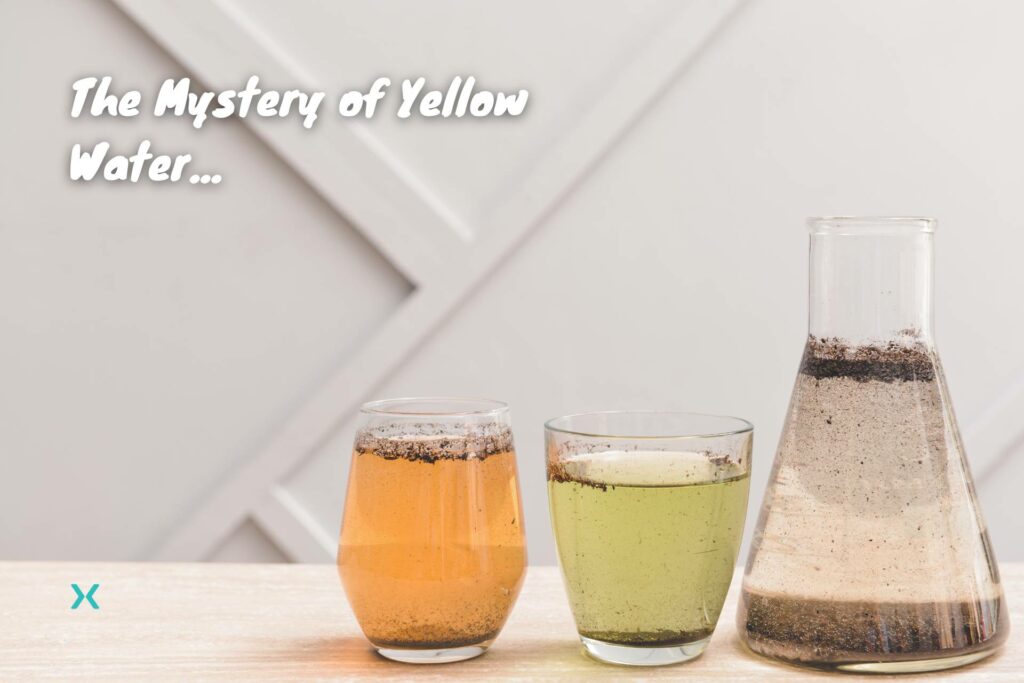Have you ever noticed yellow water running from your taps or turning up in your bathtub? If so, you are not alone. Many people across the country encounter yellow water in their water system and often feel unsure of what to do about it.
So, Is yellow water safe to drink or bathe in? What causes yellow discoloration in the first place?
This blog post will delve into these questions and more as we explore the truth behind why your water is yellow and provide expert tips on keeping your home’s drinking and bathing water clean and safe.
Table of Contents
💧 Why is My Water Yellow?
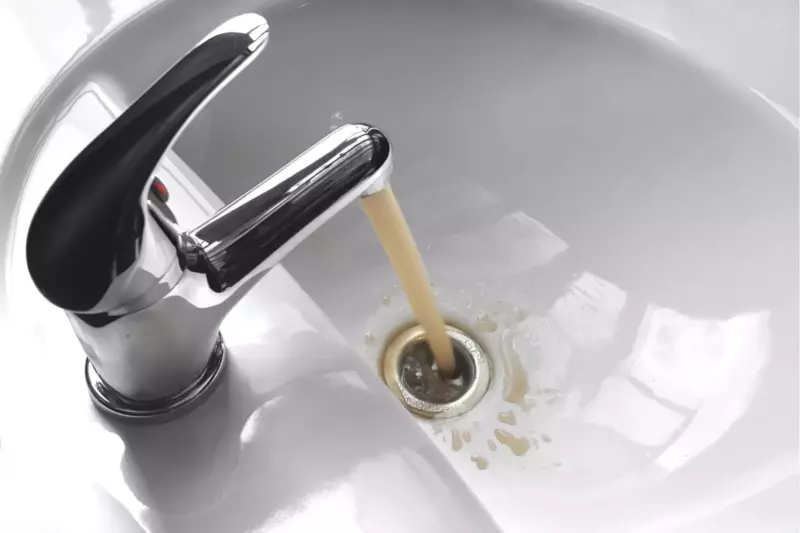
Your water may be yellow due to the natural presence of iron, manganese, sediment in the water, and/or other sources of contamination.
It could also be caused by a corrosion issue in your plumbing system or even something as simple as rust particles from an old pipe.
Fortunately, yellow water isn’t necessarily dangerous but can indicate a bigger problem with the quality of your water supply.
In this section, we’ll explore the potential causes behind yellow-tinted tap water and what steps you should take to ensure that your drinking and bathing water is clean and safe.
Rust and Iron Buildup in Pipes
The most common cause of water discoloration is rusty or iron-tainted pipes.
When the metal builds up inside pipes, it can leach into your tap water and give it a yellowish hue.
This rust or iron can come from corroded plumbing fixtures, washing machines, dishwashers, and sinks.
If you notice colored water from your taps or showerheads when you use hot water, it is probably due to rust and sediment in your hot water tank.
Algae Growth in Water Sources
Algae growth in water sources is another common cause of yellow discoloration.
Algae can give tapwater a yellowish hue and, if left untreated, could lead to health issues such as skin irritation or gastrointestinal illnesses.
If your home’s water supply is from a private well, water discoloration may result from an algae bloom in the storage tank.
To prevent colored water caused by algal growth, it’s important to keep storage tanks clean and regularly maintained.
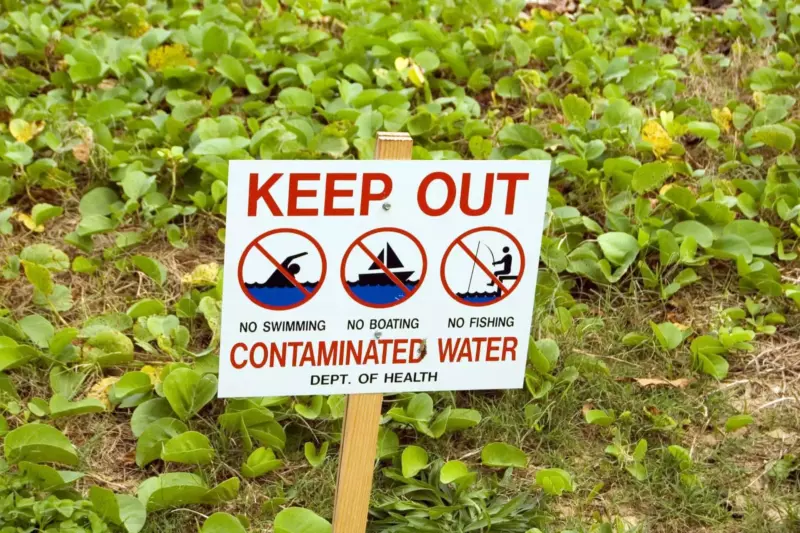
Bacterial Contamination
In some cases, yellow water may be a sign of bacterial contamination.
Bacteria can give tap water a yellowish hue and even produce a foul odor.
In these cases, colored water isn’t just an aesthetic issue – it could potentially be hazardous to your health.
If you notice yellow water from your taps or showerheads and the smell is offensive, it’s important to have the water tested for bacteria and other contaminants.
Chemical Contamination From Industrial Pollution
Industrial chemicals, such as heavy metals, can leach into tap water and give it a yellowish hue.
These pollutants can also cause health issues if ingested or used for bathing and should always be tested before use.
Taking the necessary steps to protect your drinking water supply is important to ensure that yellow water is not a problem in your home.
Runoff From Agricultural Land
Runoff from farmlands and fertilizers can contain chemicals that can leach into the groundwater and give tap water a yellowish hue.
This type of yellow tap water is not only aesthetically unappealing but could also pose potential health risks if ingested or used for bathing.
It’s important to monitor your water supply regularly for yellowing and take steps to ensure that your drinking and bathing water is safe.
💧 Potential Health Risks

Microbial contamination, exposure to heavy metals and other chemicals, and skin irritation from bathing in discolored water are all potential health risks that can arise from yellow tap water.
Microbial Contamination
Microbial contamination is a potential health risk that can arise from yellow water.
It occurs when bacteria, viruses, and other microorganisms contaminate the drinking or bathing water supply.
These contaminants can cause gastrointestinal illnesses, skin irritation, and other serious health issues if ingested or used for bathing.
Exposure to Heavy Metals
Exposure to heavy metals and other harmful chemicals in yellow water can have serious health implications.
Heavy metals such as lead, arsenic, mercury, iron, and manganese can leach into the drinking or bathing water supply from corroded pipes, runoff from agricultural land, or industrial pollution.
Drinking these pollutants can cause cancer and other medical complications if ingested over a long period of time.
Additionally, yellow water caused by chemical contamination may also contain other toxins that could be hazardous to your health if used for bathing.
Skin Irritation
Bathing in yellow water can negatively affect your skin and overall health.
The yellow color results from corrosion or contamination, as highlighted above, which means that colored water likely contains particles and substances that can be detrimental to your skin.
The yellow color also indicates increased iron levels, which can irritate and dry out the skin if used for bathing.
Additionally, contaminated water can cause eye irritation, itching, and rashes if used for bathing.
Exposure to poor water quality can have a lifetime of complications. The water poisoning crisis in Flint, Michigan, is an obvious example of poor water management by the local authorities.
💧 How to Test for Contamination
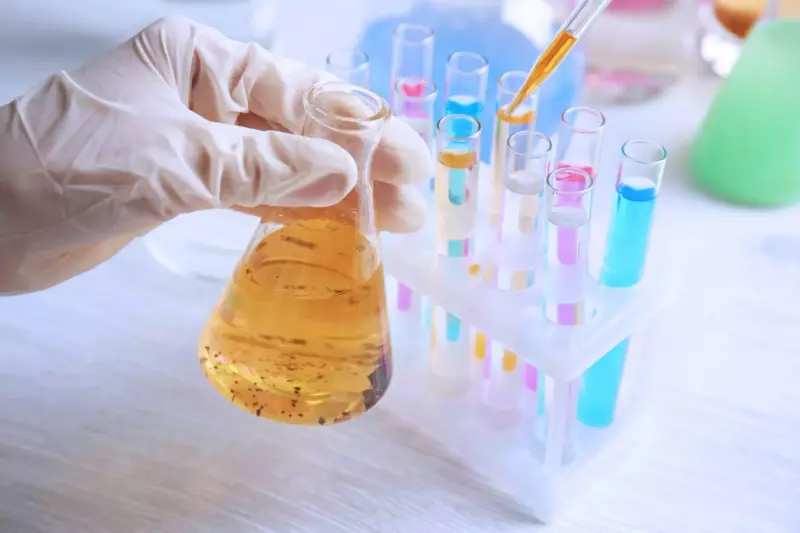
The best way to test yellow water for contamination is to have it tested by a professional.
This can help determine if your tainted water is caused by microbial contamination, heavy metals, other chemicals, or skin irritation from bathing in discolored water.
The test should include tests for bacteria, heavy metals, and other contaminants so that any potential health risks can be identified and steps can be taken to ensure yellow water is safe for drinking or bathing.
At-Home Test Kits
At-home water testing kits are a great way to quickly and easily test the yellow water in your home for contamination.
These kits typically come with instructions on how to take a sample of your tap water and reagents that can be used to determine if there is any microbial or chemical contamination present in the water.
Professional Water Testing Services
Professional water testing services are also available if you’re unsure how to test your tainted water or want more comprehensive results.
These services usually involve sending a sample of water to a lab for testing, where it will be analyzed for microbial and chemical contaminants.
This can help you understand the source of contaminated water in your home and take steps to address it.
💧 Solutions for Yellow Water
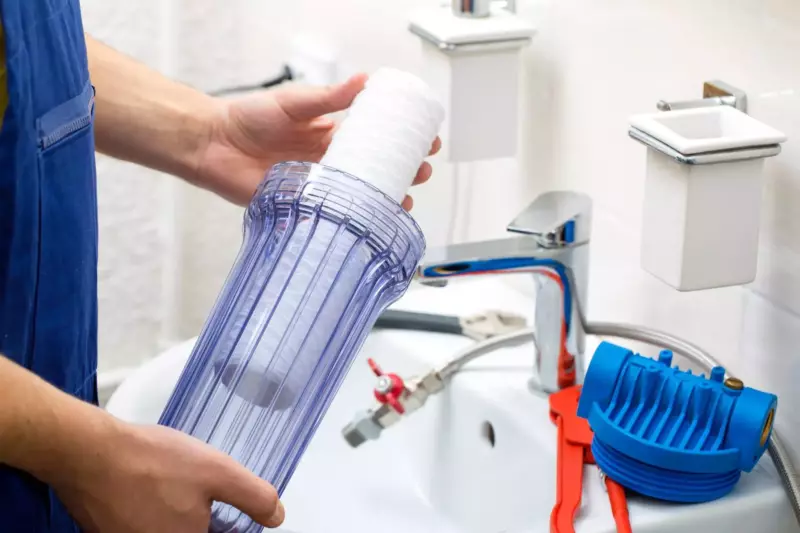
Colored water can be an unsightly and potentially hazardous issue in homes.
Fortunately, there are several solutions available to address yellow water.
You can install a filtration system or use other methods, such as chemical treatments or aeration processes, to remove contaminants from the water.
With the right solutions, you can have peace of mind knowing that your family has access to clean and safe drinking and bathing water.
Filtering and Purifying the Water
Installing a filtration system in your home effectively removes yellow water from your drinking and bathing water supply.
The most common types of filtration systems available are carbon filters, reverse osmosis systems, or ultraviolet purifiers.
You can team up a water filter system with a water softener for maximum effect. Softeners are great for removing minerals.
Each of these systems will remove dirty water and other contaminants from your tap water to ensure that it is safe to consume and use for bathing.
Replacing or Repairing Old Pipes & Fixtures
If yellow water in your home is caused by corroded or leaking pipes, replacing or repairing the pipes is usually an effective solution.
It’s important to have a qualified plumbing professional inspect your pipes and identify any potential sources of yellow water before replacing or repairing them.
Addressing the Source of Contamination
If yellow water is caused by a larger problem, such as agricultural runoff or industrial pollution, it’s important to address the source of contamination to prevent future water issues.
This can involve working with local government or environmental agencies to implement regulations that will help reduce water contamination.
By understanding water and its potential health risks, you can take steps to ensure that your tap water is clean and safe.
💧 Conclusion

Yellow water coming from the tap can be alarming, and while it’s typically safe, it’s still important to take proper precautions.
To avoid potential health risks, it’s best to have your water tested by a professional plumber. A water test will determine if the water is safe to drink or use.
In the short term, avoid drinking tap water and drink bottled water only.
Also, avoid using water for cooking or washing activities until the problem has been ascertained.
Regularly testing your water and addressing contamination can help keep your tap water clean and safe for drinking and bathing.
Now that you know the truth behind yellow water and how to solve it, you can have confidence in the safety of your water supply.
Don’t hesitate to take action and protect your home from water contamination today!
Want to learn more about your home’s plumbing system? Feel free to check out our other plumbing articles!
Related Reading: DIY Guide to 15 Common Plumbing Problems & Solutions

